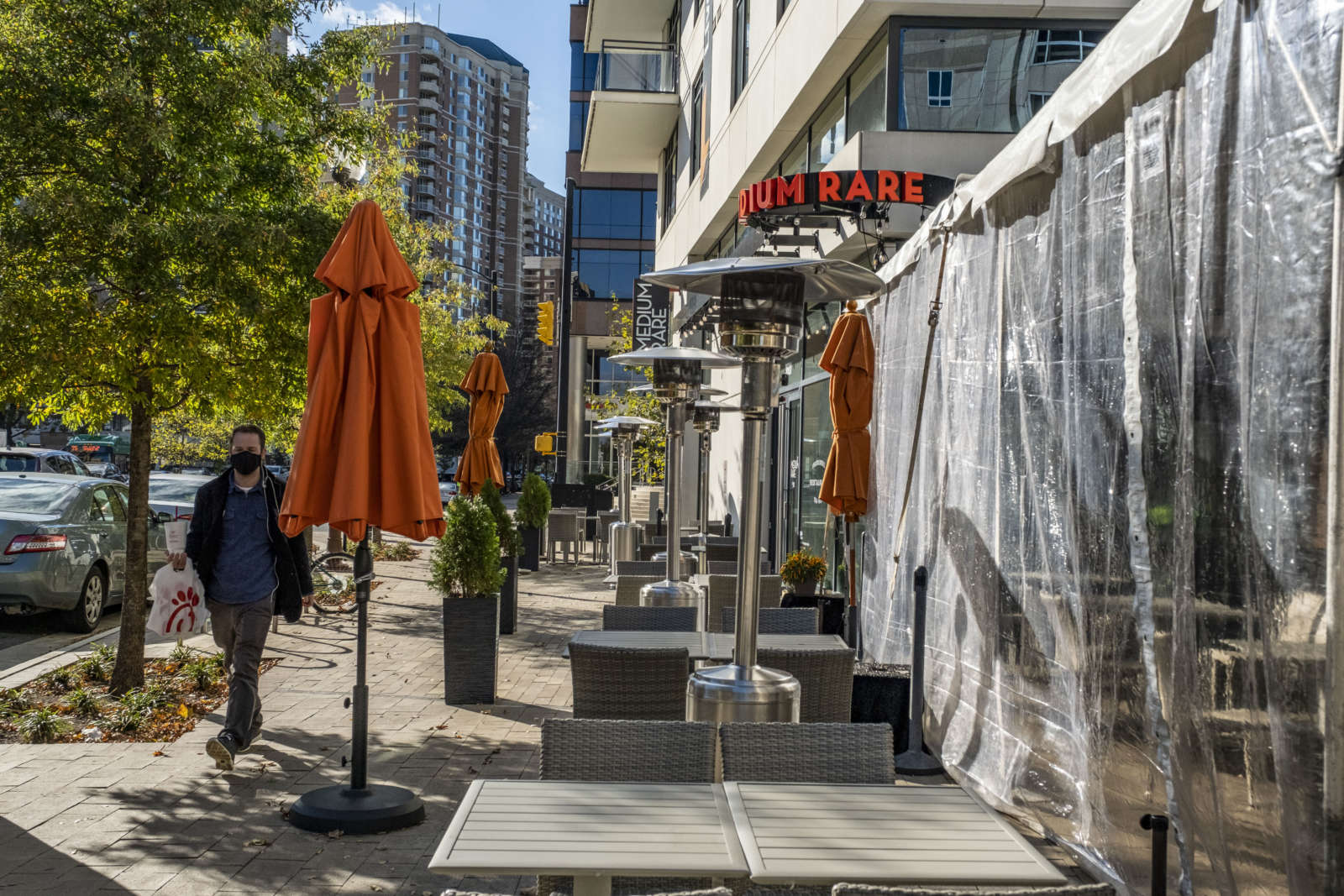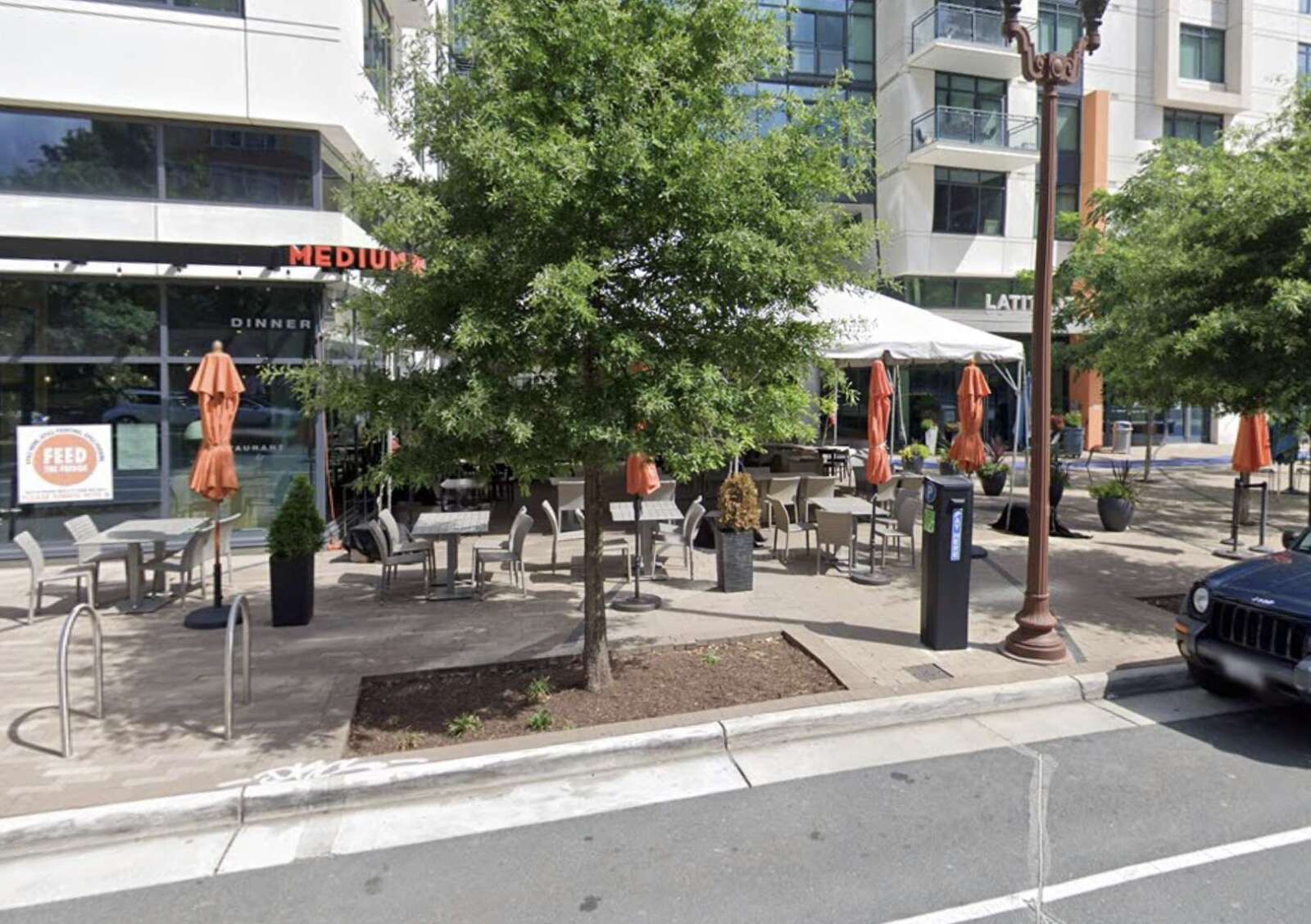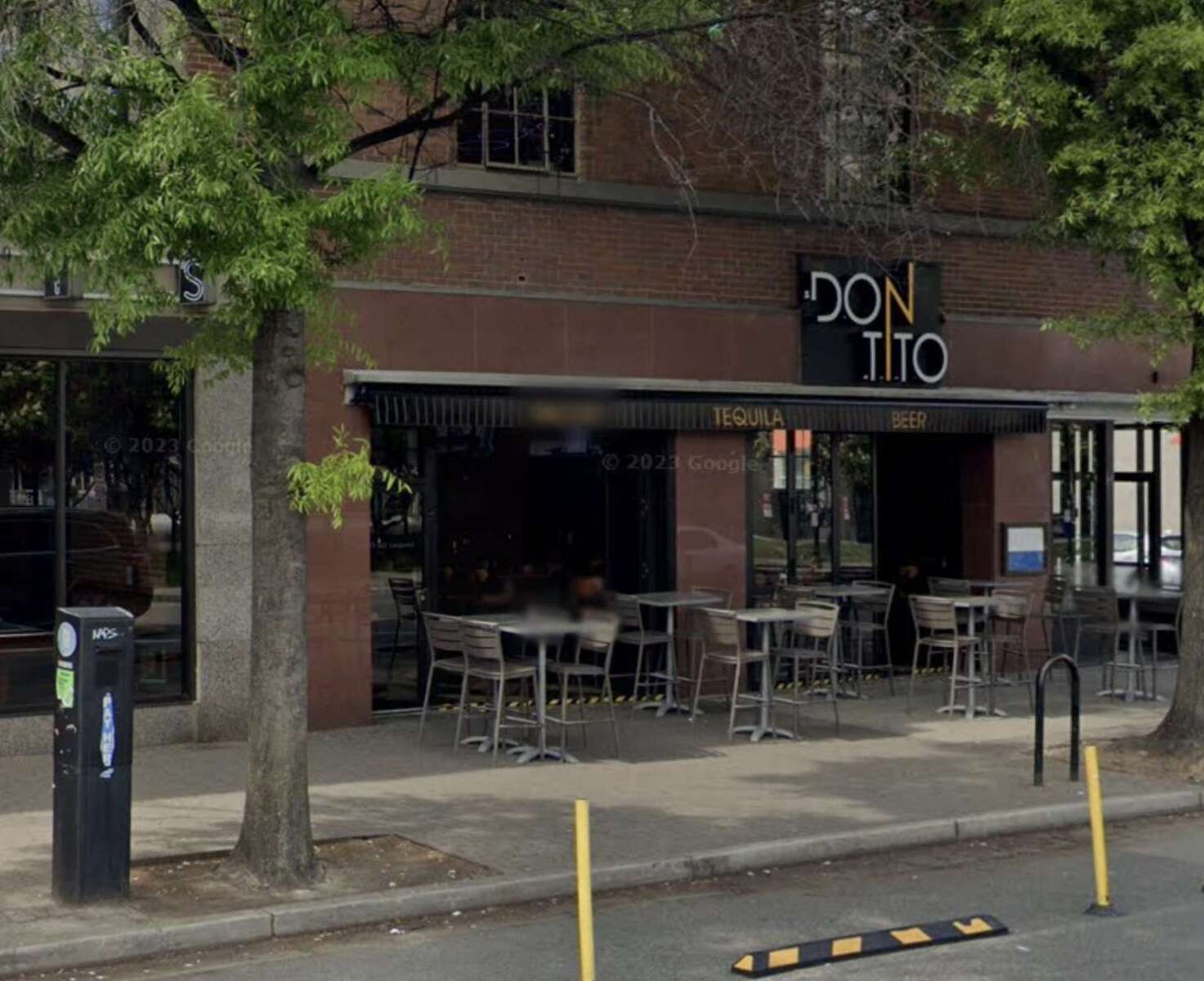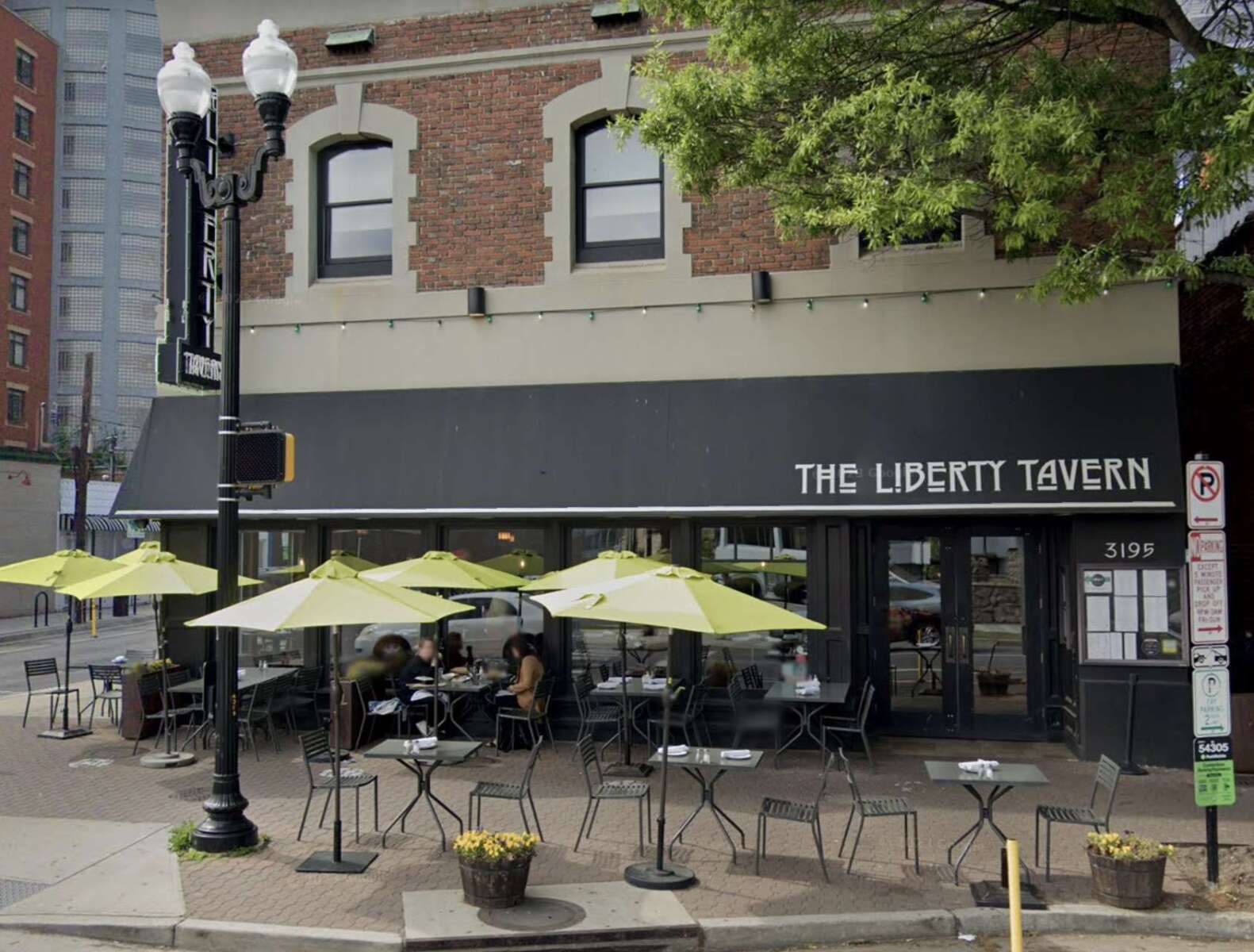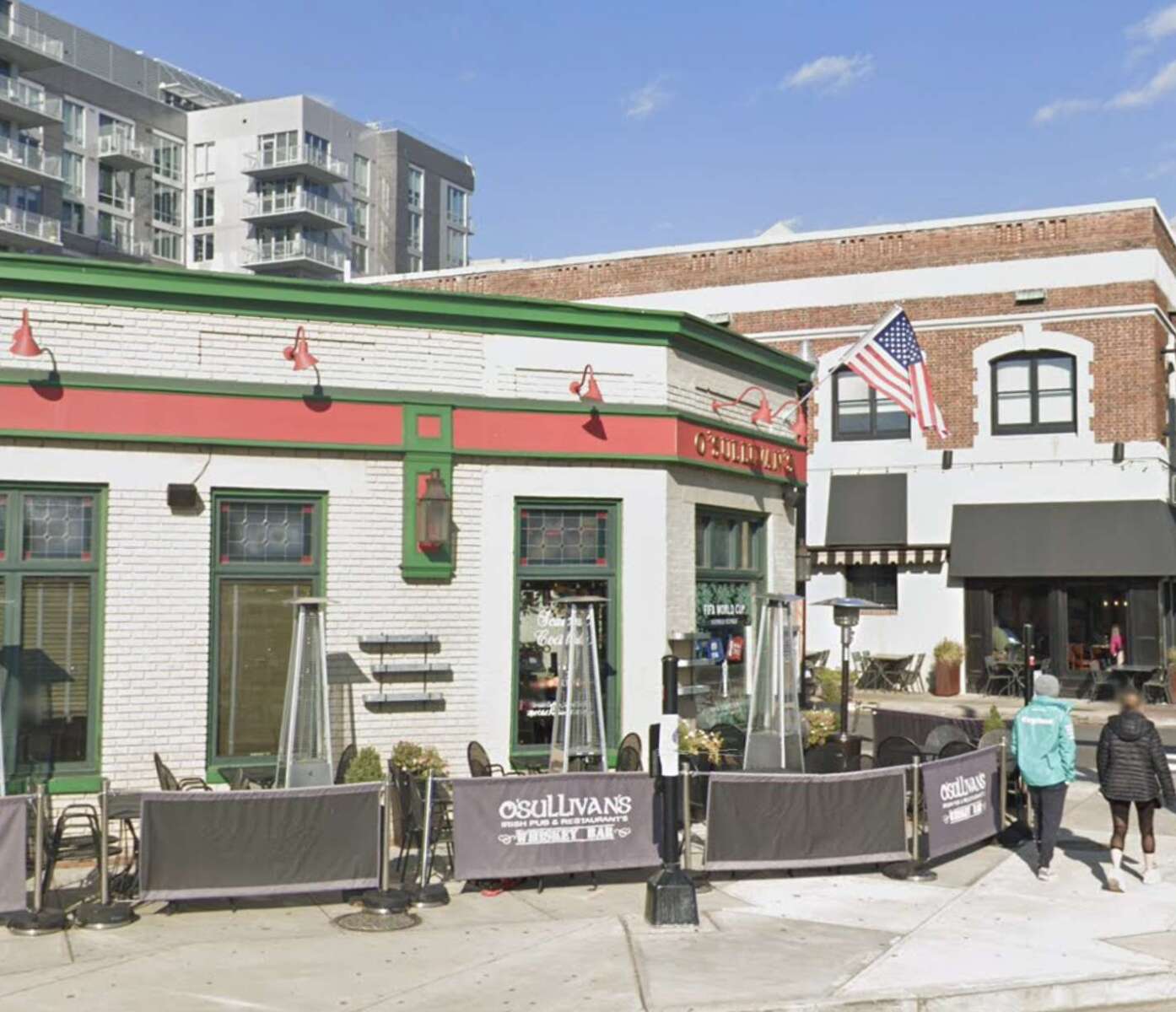Starting next month, restaurants can apply to keep their Covid-era temporary outdoor seating areas, or TOSAs, for good.
On Saturday, the Arlington County Board approved a framework for restaurant operators to follow if they want to make their outdoor dining areas permanent. Some restaurant operators viewed these as a lifeline when indoor dining was restricted and, later, they became an attractive feature and source of extra revenue.
The changes are nearly two years in the making but are right in the nick of time for restaurants, as their TOSAs — approved via a streamlined Covid-era process — expire next month. Now, they have from when applications open on Sept. 1 until Oct. 16 to apply for new permits.
“I think the pandemic has been an eye-opening moment for Arlington,” Board member Takis Karantonis said. “We now have a new relationship to our outside space. We see our urbanism with different eyes.”
The new ordinances create an administrative review process for restaurant operators looking to expand on private property and public sidewalks, provided they leave six feet for pedestrians. County Board permission is needed for using privately owned public spaces. The County Board can modify parking requirements so private spots can be repurposed.
Over the next month, the county says it will be communicating the changes to restaurant operators and publishing guides for applying.
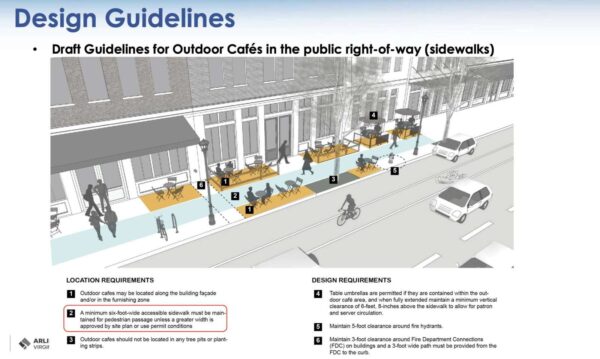
The Board approved the new ordinances despite concerns from some residents, plus the Transportation Commission and Pedestrian Advisory Committee, which both said the Board should defer its vote.
These groups and individuals said they generally support outdoor dining but predicted these amendments will take up sidewalks and leave enforcement up to individuals who complain.
Pedestrian Advisory Committee member Pamela Van Hine told the Board that TOSAs overtook the sidewalk in a neighborhood she and a friend used to frequent for lunch and forced them to walk in the gutter.
“My friend is disabled. She typically uses a walker or wheelchair. Do you know how hard it is to walk in the street?” she said on Saturday, choking back tears. “We realized that we can’t go back there until the TOSAs are gone.”
In a letter to the county, Transportation Commission Chair Chris Slatt noted that some staff were unable to answer questions about the plan and that the county should take time to improve it:
We understand that a deadline is approaching that makes implementation of final rules for sidewalk cafes feel urgent, but careful questioning of staff at the Commission made it clear that staff will already be unable to process these new sidewalk café applications before the deadline arrives and will simply not pursue enforcement action against the old “TOSA” cafes until they can be handled. As such the deadline seems largely symbolic and taking another month or two to get these implementation details correct would be wise.
A longtime champion of TOSAs, the Arlington Chamber of Commerce, celebrated the new, permanent process but was wary of enforcement, as well.
“The proposed ‘complaint-based enforcement’ seems well intended, but during a period where TOSA operators are in a state of uncertainty, it may cause problems for restaurants during a busy seasonal time for outdoor dining,” the Chamber said in a letter to the county.
County Board members received the ordinance changes more warmly, saying they address negative experiences some had. They encouraged residents to file a complaint when they notice a TOSA taking over the sidewalk.
“We’re able to balance the needs for the public for the right of way being used and encroached upon,” Board Chair Christian Dorsey said. “I believe that staff has come up with a thoughtful way of doing this. It’s very nuanced and layered work.”
Karantonis did say the county “will have to think more aggressively about” going up to 7 feet of dedicated space for pedestrians.
Dorsey said the issue of encroachment is not just one of width but an urgent matter of pavement quality.
“There is a degradation of pavement conditions both publicly and privately that we really have to attend to,” he said.


